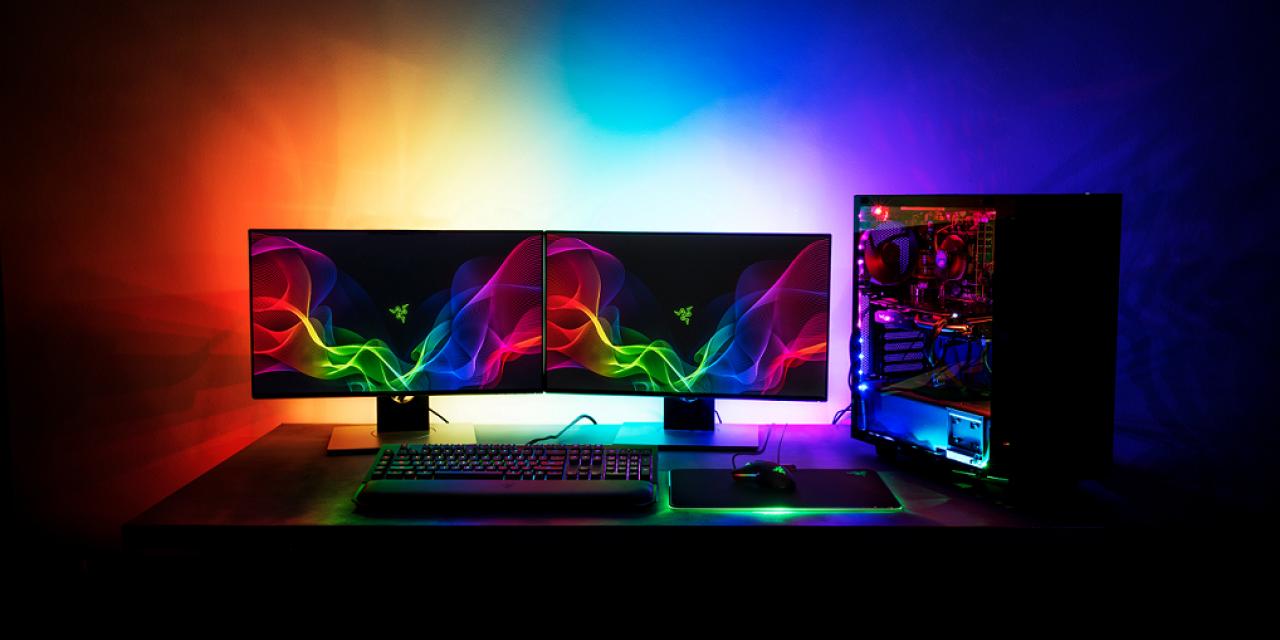
It’s a bit of a stereotype, but there is some truth to it: Gamers love bright, colorful RGB lighting on their equipment, and everything from cases to keyboards and mice now comes with those comforting pulsing lights. Unfortunately, the third-party apps which come with those lights are generally not as pleasing, which is why it’s such a relief that Windows will be natively supporting RGB light controls in Windows 11.
This very welcome news came as part of Microsoft’s Build conference, confirming rumors that had put this in the pipeline for years. Dynamic Lighting, as the menu will be known, will be found within the Personalization menu, and will be included as standard in Windows 11. It’ll collate all of the supported lighting devices into a single place, so it’s perfect if you, for example, use a Razer keyboard and a Corsair mouse and want to sync up the lighting on both. This wasn’t something that was possible with previous third-party manufacturer apps, as each manufacturer had its own version, and cross-functionality wasn’t on the cards for them.
Screenshots of this functionality were leaked in February, and if those screenshots are accurate, we can expect Dynamic Lighting to control individual device lighting effects, colors, brightness, and the speed of effect. It’s likely this will be a somewhat basic tool though, and if any of your kit has specific lighting effects that are unique or special to it, then you may still have to use your manufacturer’s or other third-party apps to control them.
Also included within Microsoft’s Build conference was the impending death of the Cortana voice assistant (thankfully), and more native support for Windows: Specifically, support for RAR files. That spells a potential death for WinRAR, the least successful not-actually-shareware on the planet, but it’s still welcome news for the rest of us.
This feature will roll out to Windows Insiders this month, with the delay to rolling out for everyone else due to wanting to let developers and hardware partners experiment with the tool before it comes to everyone else. Thankfully, you likely won’t have to wait long before the feature rolls out to Windows 11 properly.
